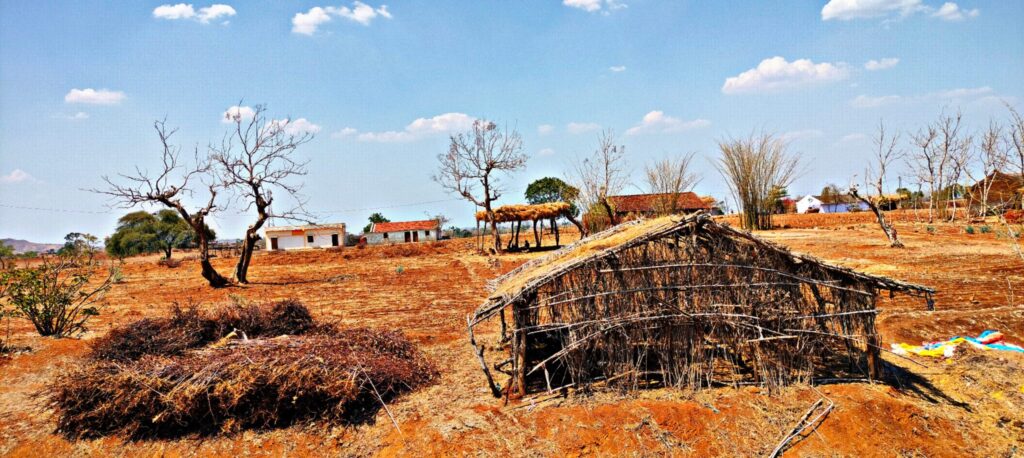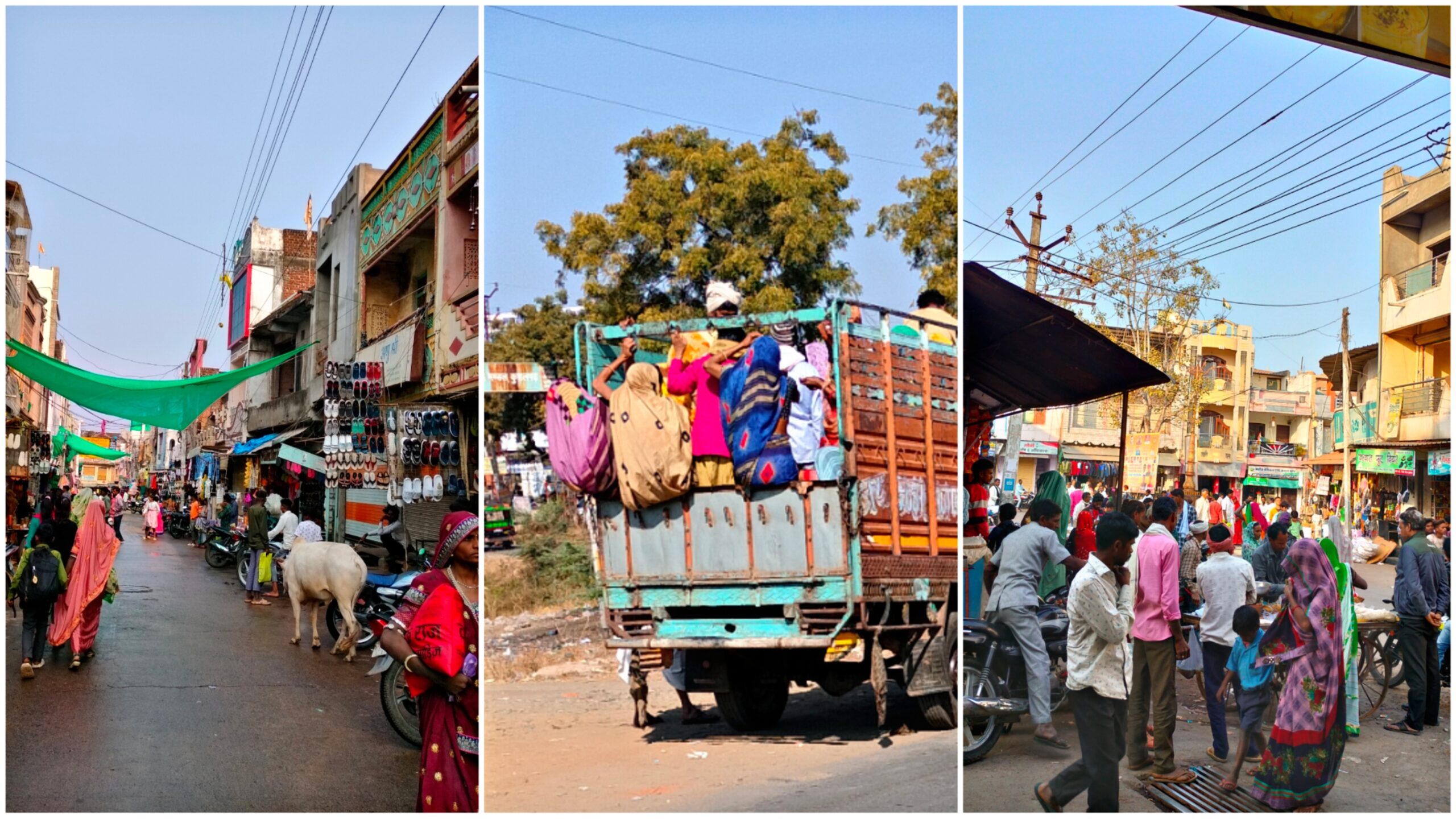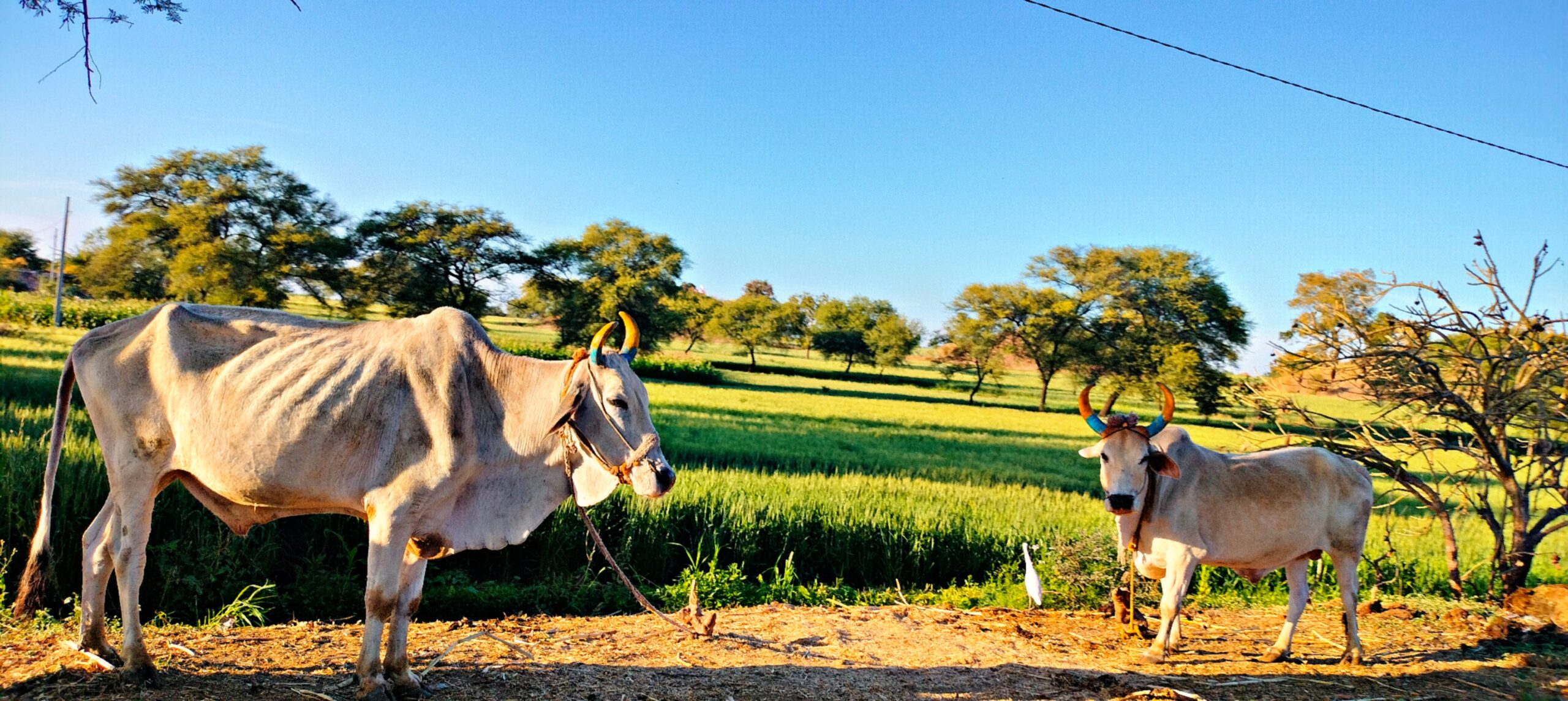The only thing more unthinkable than leaving was staying, the only thing more impossible than staying was leaving
– Arundhati Roy
Kushalgarh is a small town in the district of Banswara, Rajasthan. Until the year 1949, it was an Indian princely state under the Rajputana agency.
Who are we talking about
The town is home to a significant tribal population with diverse cultural practices and social structures that have been integral to the heritage and identity of the region. The constitution of India officially recognizes the tribes here as scheduled tribes. Prominent tribal communities in the area include the Bhils, known for their traditional Bhil painting; the Meenas, known for their agricultural practices; the Garasias, known for their animal husbandry and agriculture and; the Damors known for pottery and agriculture. All these communities speak their local language, Adivasi Wagdi, prominent in the Vagad region of Rajasthan, along with Hindi.

Why Is It Important To Talk About Distress Migration
80% of the population in the district migrate to neighbouring states like Gujarat and Madhya Pradesh. Unlike other parts of Rajasthan where typically men from a family migrate alone, in the district of Banswara, whole families migrates for livelihood. They are mostly unskilled seasonal migrants who work in construction sites, factories, brick making, agricultural sector etc.
The major reasons behind this intra-state distress migration in these communities are poverty, lack of employment opportunities, and depletion of natural resources. This continuous and frequent absence of the native families in these villages results in an imbalance in social functions, responsibilities, and duties. These must be maintained for balanced economical growth and welfare of the society.

Effects Of Distress Migration In Kushalgarh
Distress migration occurs when communities have no choice but to leave home in search of better livelihood options for survival. It can result from a combination of social, economic, and political factors. Those forced to migrate often face risks such as displacement, inadequate living conditions, limited access to healthcare and education, and increased vulnerability to exploitation, including human trafficking.
Also read: Ghost Towns Of Banswara, Rajasthan
Social issues, including discrimination, social hierarchies, and caste-based inequities, can contribute to this distress migration. The community’s lack of access to their rights and benefits on the basis of class and caste also forces them to find alternatives to prolonged protest in poverty. For example, when their rations are denied, they would rather migrate and earn money to buy food than wait for local authorities to acknowledge and solve their problem.
How It Looks Like
Seasonal agricultural work was the major source of livelihood for the communities in Kushalgarh. However, the region faces water scarcity, erratic rainfall and poor irrigation infrastructure which leads to crop failure, low productivity, and inadequate market access. As living expenses increased, and for communities that rely entirely on agriculture, the opportunity to earn became temporary and often insufficient to sustain livelihoods throughout the year.
They then face a lack of access to quality education and skill development opportunities that could provide alternative livelihood options. Despite the region’s rich tradition of crafts and artisans, limited opportunities to sustain craft-based livelihoods made the community choose to migrate. This results in violations of women’s rights in spaces ranging from the labour market to public spaces and homes.

Women in particular face significant barriers in accessing education, skill training and formal employment opportunities. Due to inadequate grazing land, scarcity of fodder results in a decline in livestock. Those who depended on animal husbandry then chose to migrate with family in search of better sources of income.
Additionally, a lack of basic infrastructure, healthcare facilities and transportation networks makes it much more difficult for the community to improve their well-being. The absence of a railway system in the district further compounds the difficulty in accessing resources outside of the town.
Challenges
The distress created by these factors results in migration from Kushalgarh, which forces the community to leave home. This disrupts the social support system and exposes them to unfamiliar and often hostile living conditions. The challenges associated with family migration make women and children particularly vulnerable to various forms of violence, including financial, physical, sexual, and emotional abuse.
In the areas to which these communities migrate, they often work in environments with minimal regulation and oversight, facing exploitative work conditions, long hours, low wages, and lack of physical safety.
For women migrant labourers, the lack of protection and limited access to justice further perpetuates violence against them. Their vulnerable state makes them prime targets for human traffickers who exploit their desperation and lure them with false promises of better opportunities.
There are increased cases of human trafficking and forced labor as individuals are deceived into exploitative situations. Back in their villages, women face gender-based violence as the culture has deep roots in patriarchal norms and traditional gender roles, which perpetuates violence. Discriminatory practices such as child marriage, dowry-related violence, and honor crimes also prevail, increasing the risk faced by women. When people are forced to migrate due to challenging socio-economic conditions and limited livelihood options, they become vulnerable to exploitation.
Potential Solutions to Reduce Distress Migration
To address the issue of distress migration, it is crucial to first identify and acknowledge the need to restore the social balance disrupted by high rates of migration. Supporting the community to come together on developmental platforms to articulate and identify their needs, as well as assisting them in accessing government programs and other entitlements, can be an effective measure towards improving access to resources and reducing distress in the community. By comprehensively addressing these challenges, policymakers and local communities can collaboratively work to alleviate distress migration and improve the socio-economic conditions in Kushalgarh.





0 Comments